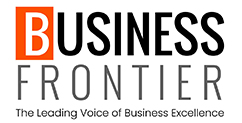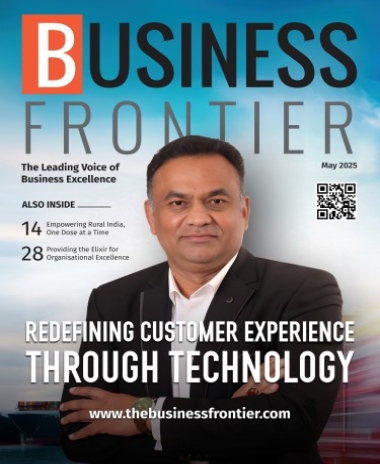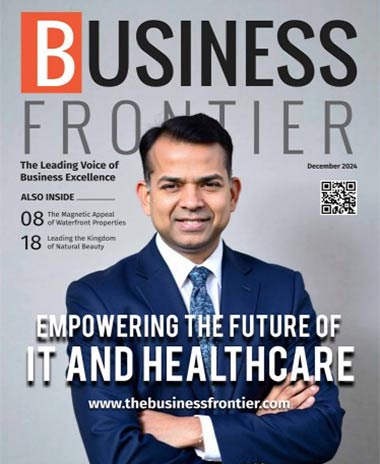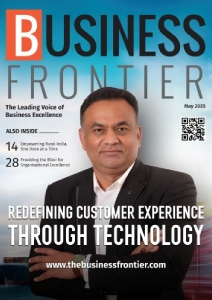Business travel has always been an integral part of corporate operations. However, as the world of travel evolves, so too do the challenges both travellers and companies face. The complexities of modern business travel are not limited to the trip itself but extend to the planning, booking, and post-travel phases. Recent SAP Concur research has found that 43% of business travellers now consider the pre-trip stage—particularly planning and booking—to be the most stressful part of the journey, a 4% increase from the previous year.
What is becoming clear is that the key to overcoming these challenges lies in delivering a user experience that mirrors the simplicity and ease of consumer-grade booking tools. By offering business travellers a seamless, intuitive booking experience, companies can enhance employee satisfaction, increase policy compliance, and reduce risks. As businesses shift toward more sustainable and efficient operations, the role of user experience in business travel cannot be overstated.
The Pre-Trip Hurdles
The pre-trip phase, often involving planning and booking, sets the tone for the entire travel experience. The complexity of corporate booking tools, coupled with rigid policies, can cause frustration among employees, driving them to book outside corporate channels or struggle with time-consuming processes. This is not only inefficient but also detrimental to both the business and its employees. A lack of visibility into bookings creates complications for travel and HR managers, particularly when it comes to fulfilling their duty-of-care obligations. When companies cannot track bookings, their ability to provide support during crises or unexpected disruptions is severely hampered.
A user-friendly travel and expense (T&E) management system can address these issues by encouraging the use of approved corporate tools. The more intuitive these tools are, the higher the rate of adoption. In instances where employees prefer booking directly with suppliers, professional management solutions can capture and integrate these bookings into the company’s T&E system, ensuring compliance and enabling travel managers to provide the necessary support when needed.
Risk Management and Compliance

Corporate travel policies are often complex and multifaceted, making compliance a challenge. Risk management is another area where businesses face hurdles, particularly in ensuring that all bookings adhere to company policies. A well-designed T&E solution can help alleviate these burdens by incorporating travel policies directly into the booking system. When employees are equipped with clear guidance on policy-compliant options, they can make decisions more efficiently and avoid the manual filtering of options, such as class of service or allowed expenses.
By eliminating these extra steps, companies are not only ensuring higher levels of compliance but also making it easier for travellers to stay within policy without feeling restricted. Additionally, integrating policies into the booking process helps business travellers avoid having to keep track of frequent updates to the company’s travel policy, further easing their burden.
Streamlined Processes for Efficiency
Efficiency is one of the primary concerns in business travel, and consumer-grade tools provide a perfect model for the corporate world to emulate. A booking process that requires minimal clicks can significantly enhance the user experience. When employees can book a trip effortlessly—whether it’s the flight, hotel, or ground transportation—they are less likely to encounter frustrations, thus improving overall satisfaction.
This not only benefits the employees but also travel managers, who are often bogged down with troubleshooting and administrative tasks. With streamlined processes, managers are freed up to focus on more strategic aspects of their roles, such as improving travel policies or enhancing support structures. The ability to manage business travel efficiently, from the initial booking to post-trip expense reporting, is essential for businesses looking to optimise productivity
Supporting ESG Goals Through User Experience
Sustainability has become a core concern for businesses, with environmental, social, and governance (ESG) standards increasingly influencing decision-making processes. For business travel, this means adopting tools that help travellers make eco-conscious choices without additional effort.
User-friendly T&E solutions can integrate sustainability metrics, such as carbon emissions data for various travel options. When this information is presented clearly and automatically, employees are empowered to make more sustainable decisions, aligning their travel choices with the organisation’s ESG goals. For example, a traveller may choose a lower-emission option, such as rail travel over air, based on the data provided at the point of booking. By incorporating ESG considerations into the user experience, companies can promote sustainability without creating additional hurdles for their employees.
A Paradigm Shift in Business Travel
The future of business travel lies in the adoption of intuitive, consumer-like tools that simplify every stage of the journey. By focusing on user experience, businesses can not only improve employee satisfaction but also address key challenges such as risk management, policy compliance, and sustainability. As companies continue to evolve, those that prioritise user-friendly solutions will be better positioned to navigate the complexities of modern business travel.











